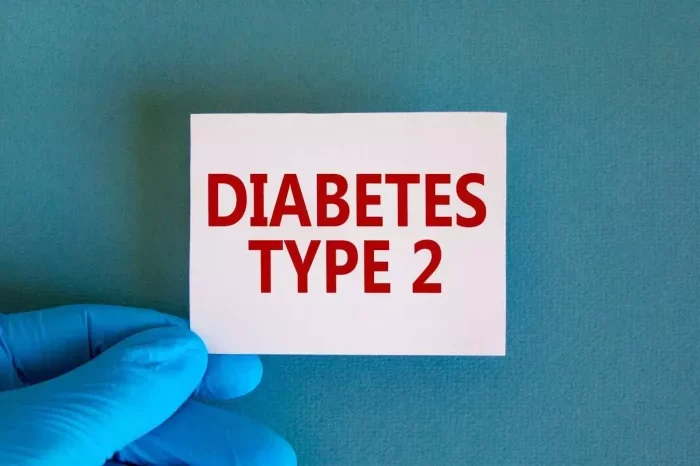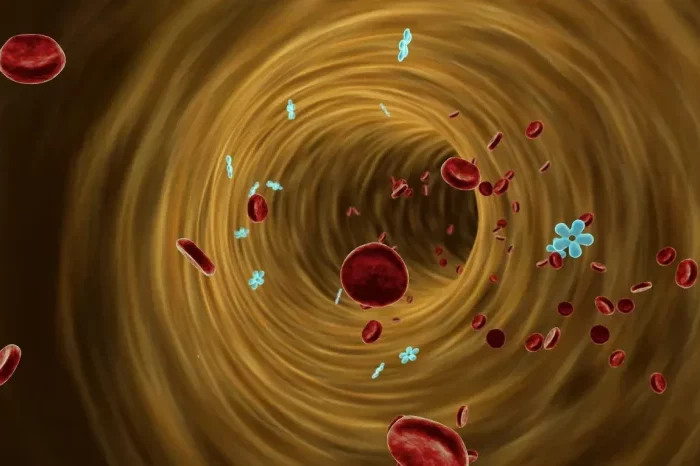Insulin resistance and type 2 diabetes are intricately connected, yet they represent distinct aspects of metabolic dysfunction. Understanding the relationship between these two conditions is crucial for effective management and treatment. In this article, we will delve into the definitions, mechanisms, risk factors, diagnostic criteria, and management strategies for both insulin resistance and type 2 diabetes.
Insulin Resistance: A Primer
Insulin, a hormone produced by the pancreas, plays a pivotal role in regulating blood sugar levels. When you eat, carbohydrates are broken down into glucose, which enters the bloodstream. In response, the pancreas releases insulin to facilitate the uptake of glucose by cells, where it is used for energy production or stored for later use.
Insulin resistance occurs when cells in the body become less responsive to the effects of insulin. As a result, the pancreas produces more insulin to compensate for this resistance, leading to higher circulating levels of insulin in the blood—a condition known as hyperinsulinemia. Over time, this compensatory mechanism may become insufficient, leading to elevated blood sugar levels.
Several factors contribute to the development of insulin resistance, including genetics, obesity, sedentary lifestyle, poor diet, and certain medical conditions such as polycystic ovary syndrome (PCOS). Adipose tissue, particularly visceral fat, releases pro-inflammatory substances and hormones that interfere with insulin signaling, exacerbating insulin resistance.
Type 2 Diabetes: A Multifactorial Disease
Type 2 diabetes, formerly known as non-insulin-dependent diabetes or adult-onset diabetes, is a chronic metabolic disorder characterized by high blood sugar levels resulting from insulin resistance and inadequate insulin secretion. While insulin resistance is a hallmark feature of type 2 diabetes, the disease involves complex pathophysiological mechanisms beyond impaired insulin action.
In addition to insulin resistance, type 2 diabetes often involves beta-cell dysfunction—the cells in the pancreas responsible for producing insulin. Over time, the beta cells may become unable to secrete sufficient insulin to overcome insulin resistance, leading to further hyperglycemia.
The interplay between insulin resistance and beta-cell dysfunction creates a vicious cycle: insulin resistance contributes to increased insulin secretion, which strains the beta cells and accelerates their decline in function. As beta-cell function deteriorates, insulin secretion diminishes, exacerbating hyperglycemia and further worsening insulin resistance—a phenomenon known as glucotoxicity.
Diagnosis and Assessment
Diagnosing insulin resistance and type 2 diabetes involves a combination of clinical evaluation, laboratory tests, and imaging studies. While there is no universally accepted diagnostic test for insulin resistance, several indirect measures can provide valuable insights into insulin sensitivity:
- Fasting Insulin Levels: Elevated fasting insulin levels indicate insulin resistance, especially when accompanied by normal or slightly elevated blood sugar levels.
- Oral Glucose Tolerance Test (OGTT): A two-hour glucose tolerance test can assess how well the body metabolizes glucose after ingesting a standardized amount of glucose solution.
- Homeostatic Model Assessment of Insulin Resistance (HOMA-IR): This mathematical formula calculates insulin resistance based on fasting insulin and glucose levels.
For diagnosing type 2 diabetes, the following criteria are commonly used:
- Fasting Plasma Glucose (FPG): A fasting plasma glucose level ≥126 mg/dL (7.0 mmol/L) on two separate occasions indicates diabetes.
- Oral Glucose Tolerance Test (OGTT): A two-hour plasma glucose level ≥200 mg/dL (11.1 mmol/L) during an OGTT confirms diabetes.
- Hemoglobin A1c (HbA1c): An HbA1c level ≥6.5% (48 mmol/mol) indicates diabetes.
It’s important to note that insulin resistance can exist for years before the onset of type 2 diabetes, making early detection and intervention crucial for preventing progression to overt diabetes.
Management Strategies
Both insulin resistance and type 2 diabetes require comprehensive management strategies aimed at improving insulin sensitivity, optimizing blood sugar control, and reducing the risk of complications. Key components of management include lifestyle modifications, pharmacotherapy, and, in some cases, bariatric surgery.
Lifestyle Modifications:
- Healthy Diet: Emphasize a balanced diet rich in fruits, vegetables, whole grains, lean proteins, and healthy fats. Limit intake of refined carbohydrates, sugary beverages, and saturated fats.
- Regular Exercise: Engage in moderate-intensity aerobic exercise (e.g., brisk walking, cycling) for at least 150 minutes per week, supplemented with resistance training to improve muscle mass and insulin sensitivity.
- Weight Management: Achieve and maintain a healthy body weight through a combination of diet and exercise. Even modest weight loss (5-10% of initial body weight) can significantly improve insulin sensitivity and glycemic control.
Pharmacotherapy:
- Metformin: The first-line medication for type 2 diabetes, metformin improves insulin sensitivity, reduces hepatic glucose production, and enhances glucose uptake in peripheral tissues.
- Insulin Sensitizers: Thiazolidinediones (TZDs), such as pioglitazone and rosiglitazone, improve insulin sensitivity by activating peroxisome proliferator-activated receptor gamma (PPAR-γ) receptors in adipose tissue and skeletal muscle.
- Incretin-Based Therapies: GLP-1 receptor agonists and DPP-4 inhibitors enhance insulin secretion and suppress glucagon release in a glucose-dependent manner, promoting glucose control and weight loss.
Bariatric Surgery:
For severely obese individuals with type 2 diabetes, bariatric surgery offers a highly effective treatment option that can induce significant weight loss and improve insulin sensitivity and glycemic control. Procedures such as Roux-en-Y gastric bypass and sleeve gastrectomy have been shown to induce remission of type 2 diabetes in a substantial proportion of patients.
Conclusion
While insulin resistance and type 2 diabetes are distinct entities, they are closely intertwined in a complex web of metabolic dysfunction. Insulin resistance serves as a precursor to type 2 diabetes, contributing to its development and progression. However, type 2 diabetes involves multifactorial pathophysiological mechanisms beyond insulin resistance, including beta-cell dysfunction and glucotoxicity.
Early detection and intervention are paramount in managing both conditions and preventing long-term complications. Lifestyle modifications, pharmacotherapy, and, when appropriate, bariatric surgery form the cornerstone of treatment, aiming to improve insulin sensitivity, optimize blood sugar control, and enhance overall metabolic health. By addressing insulin resistance and type 2 diabetes comprehensively, healthcare providers can empower patients to lead healthier lives and reduce the burden of these chronic diseases.
Related topics:
What Reading Is Too High For Gestational Diabetes


























